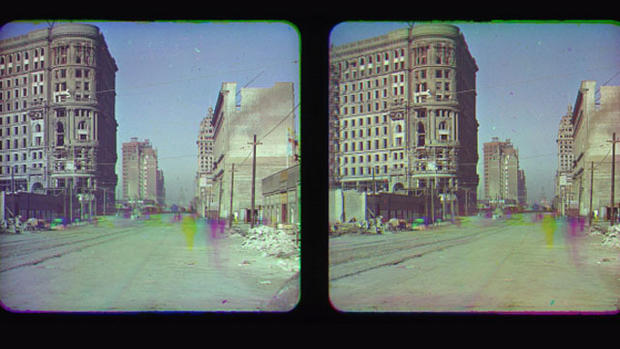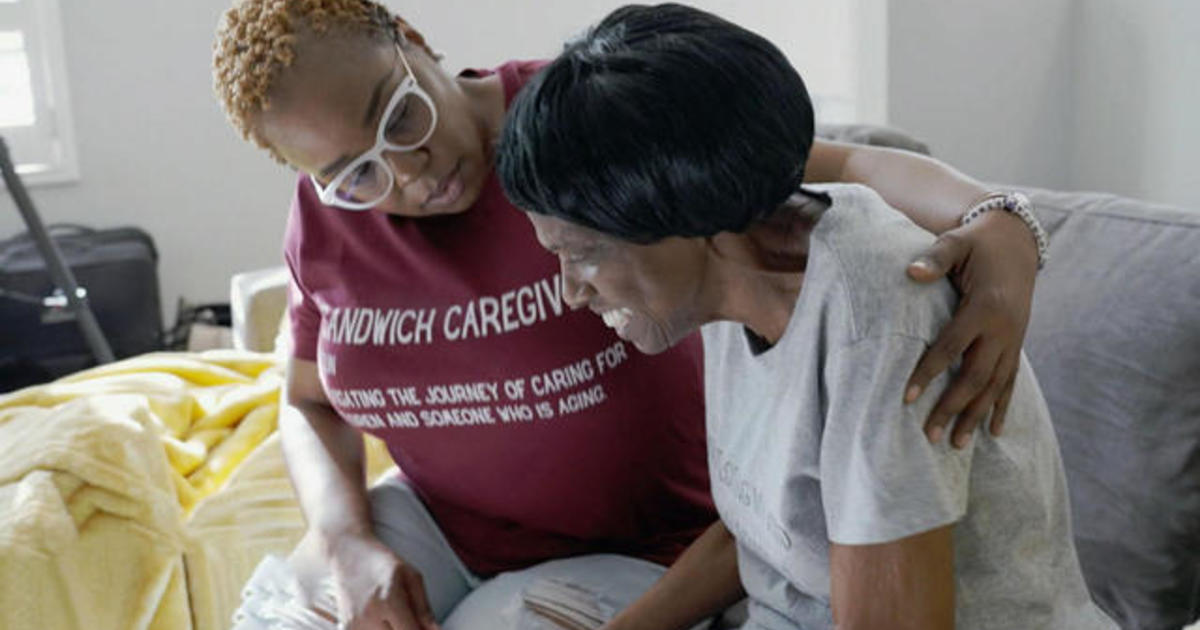Calif. responders prep for quake possibly more damaging than Hurricane Katrina
Scientists are warning of a new earthquake danger in Northern California. They’ve discovered that two fault lines link together north of San Francisco, creating a new risk for the nearly seven million people living in the Bay Area.
Some 1,200 emergency responders took part in an earthquake drill Thursday, and hundreds of scientists, engineers and politicians gather Friday in Los Angeles to discuss the next big quake, reports CBS News correspondent Mireya Villarreal.
Here’s what happens in the drill: A magnitude 7.8 earthquake hits California and the clock is ticking. National guardsman are working to pull a trapped man from an elevator shaft, while a specially trained dog searches for stranded survivors.
This is meant to help emergency responders prepare for the real thing.
“We want to be the best prepared, the best trained and the most efficient as possible,” said Major Richard Chappell.
But these extreme scenarios could easily become reality. USGS scientists recently discovered that two of the country’s most dangerous faults -- once thought to be at least two miles apart -- are actually connected, creating one massive 118-mile long fault. Using an acoustic device, they confirmed that the Hayward fault meets the Rogers Creek fault in the shallow waters of the San Pablo Bay near San Francisco.
“The longer a fault, the larger an earthquake it can produce, and if the Hayward and Rogers Creek faults went together along their entire length, it would up to a magnitude 7.4,” said USGS geophysicist Janet Watt.
“What kind of damage are we talking about here?” Villarreal asked.
“More damage than Hurricane Katrina in terms of loss,” Watt said.
In 1906, the San Francisco earthquake leveled entire neighborhoods, killing thousands. In 1989, the Loma Prieta earthquake killed 63 people and caused $6 billion in damage.
“Folks in the Bay Area need to be prepared for a strong earthquake,” Watt said.
Watt’s team is trying to predict the future by studying when earthquakes occurred here in the past and how often.
When an earthquake occurs, the sediment along the fault line shifts, which creates a time stamp in the mud. Watt’s team drops these long tubes into the Bay floor to collect samples.
The cores are pulled from the water and cut, sliced open and photographed.
“You can think of it as looking down through time. If we can find a date for those flat layers on top and then the layers that are offset, we can bracket in the age of when an earthquake happened on that fault,” Watt said.
Watt’s research will help scientists better understand these two faults, as their potential for damage makes emergency preparation like this even more essential.




